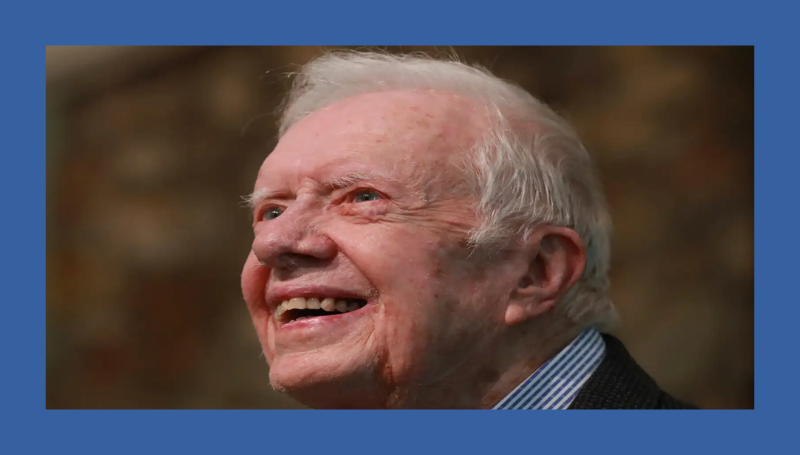Philip Klein
National Review, Dec. 29, 2024
“Carter began coaching Arafat on how to not frighten democracies by using inflammatory rhetoric: it was a strategy that would eventually lead to the Oslo Agreements of September 1993.”
The popular narrative surrounding Jimmy Carter’s legacy is that he was a terrible president but an even worse former president. As president, he was a victim of unlucky timing that impeded him politically, but he excelled during his long post-presidential career. The reality is that he was a terrible president but an even worse former president.
Carter’s true legacy is one of economic misery at home and embarrassment on the world stage. He left the country in its weakest position of the post–World War II era. After being booted out of office in landslide fashion, the self-described “citizen of the world” spent the rest of his life meddling in U.S. foreign policy and working against the United States and its allies in a manner that could fairly be described as treasonous. His obsessive hatred of Israel, and pompous belief that only he could forge Middle East peace, led him to befriend terrorists and lash out at American Jews who criticized him.
A former governor of Georgia who had little charisma and national name recognition when he began campaigning for president, Carter ended up in the White House as a fluke. He presented an image as an honest, moderate, and humble southern Evangelical Christian outsider — an antidote to the corruption of the Watergate era. He also benefited from the vulnerabilities of the sitting president, Gerald Ford.
Once in office as an unlikely president, Carter spent his one and only term showing the American people, and the rest of the world, that he was not up to the job.
When he took the presidential oath in January 1977, the unemployment rate was a high 7.5 percent; when he left office in January 1981, it was just as high. Meanwhile, inflation, which was already elevated at 5.7 percent in 1976, the year he was elected, went up in each of his years in office — and reached a staggering 13.5 percent in 1980, the year he was booted out. The only year in the post–World War II period in which inflation was higher was 1947, when the economy was booming and unemployment was minuscule. Put another way, to maintain the buying power that $100 had on the month Carter was sworn into office, you’d need $150 by the time he left the White House just four years later. Under Carter, gas prices doubled, and the supply became so scarce that Americans had to endure long lines at stations to fill up their tanks. ….SOURCE


